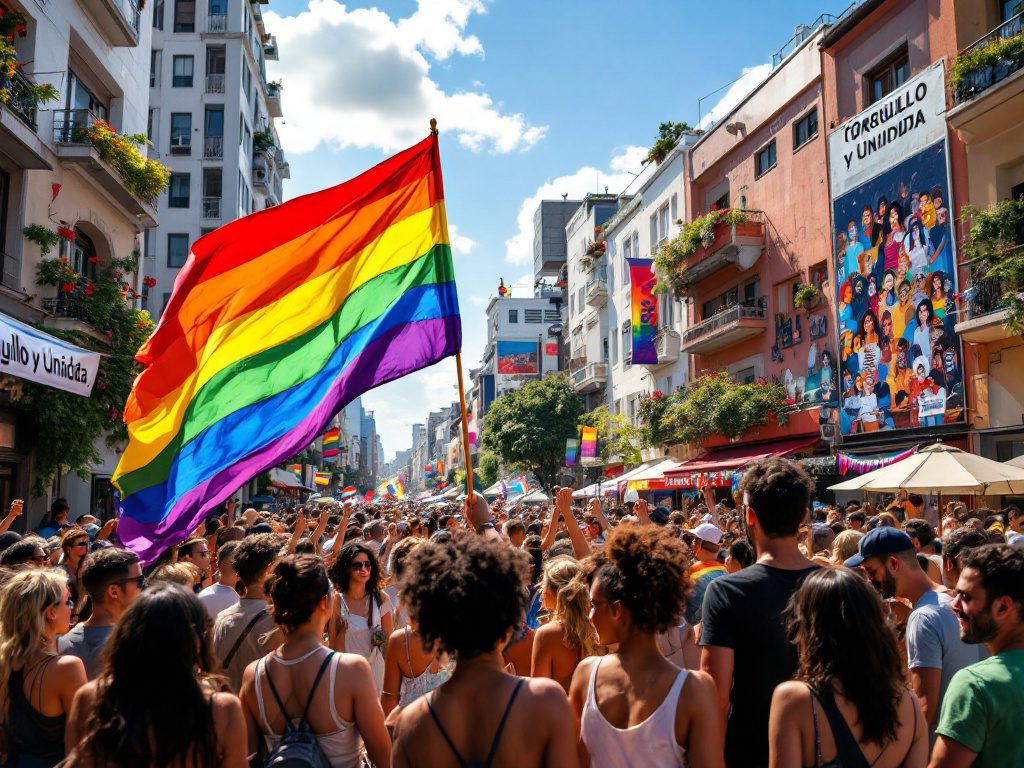Breaking the Silence: Airyn De Niro’s Story Takes Center Stage
Spotlight has rarely rested on Airyn De Niro—until now. While the world knows her father as Robert De Niro, legendary actor, Airyn’s path towards public recognition is shaped less by Hollywood and more by her own hard-won truth. It was not the glitz of a red carpet premiere or a glamorous magazine spread that introduced Airyn to the public as a trans woman, but an uninvited, voyeuristic article in a British tabloid. The narrative could have been seized from her hands, sensationalized to sell papers—the all-too-familiar fate of so many who’ve had their privacy violated by paparazzi and rumor mills.
Instead, Airyn refused to let that moment define her. She recentered her story, speaking directly and candidly in a newly released exclusive interview with Them magazine. Across nearly three decades of life lived largely outside cameras’ glare, Airyn credited her parents—De Niro and actress Toukie Smith—for their “tremendous effort” to shield her from the sometimes cruel scrutiny reserved for Hollywood offspring. Her message in 2024: this is her journey, no one else’s to narrate.
The courage to self-define is powerful, especially for someone born into global celebrity but determined to blaze her own trail. Airyn’s transition, which she began more openly in November 2024, forgoes easy narratives about being a “nepo baby.” Persistence, not privilege, has defined her arrival.
Identity, Intersectionality, and the Weight of Expectations
Airyn’s story is not just about gender. She stands at the crossroads of complex intersectionalities—race, body image, and sexuality—rarely represented together on the stage or screen. In the Them interview, Airyn recounted how—at every step—mainstream and even queer communities held up a mirror whose image rarely reflected her: “I didn’t even fit that beauty standard, which is thin, white, muscular, or just super fit, masculine.” Rejected by gay peers in high school for being outside these bounds, she gravitated toward images that resonated—often women of color defying norms, like Laverne Cox and Michaela Jaé Rodriguez. Recent popular culture moments, like Halle Bailey’s groundbreaking Ariel in The Little Mermaid, inspired Airyn’s own evolving style and sense of visibility—pink locs and all.
Black women, especially those trans and larger-bodied, remain underrepresented in both LGBTQ+ and mainstream media—an erasure with measurable impact. According to a 2023 GLAAD report, less than 2% of all trans characters on U.S. television were women of color, and body diversity remained virtually invisible. Airyn’s determination to center “superstar” energy in queer, plus-sized, Black feminity directly challenges these bleak statistics. She hopes to flatten the barriers of representation for those whose stories have been systemically silenced.
Behind the headlines, Airyn’s resistance extends to the label “nepo baby” that tabloids hurl at every child of celebrity. “My parents made sure we weren’t just growing up in the spotlight,” she clarifies, rejecting assumptions that doors spring open for the famous. Auditioning unsuccessfully for high-profile gigs—like Jules in the HBO hit Euphoria, a role that ultimately went to Hunter Schafer—proves nothing comes handed down. Her ongoing journey on the audition circuit and in creative fields reveals fierce autonomy, not inherited advantage.
“There’s a difference between being ‘visible’ and being truly ‘seen.’ I want to be seen for who I am, and I want others like me to know that beauty doesn’t have to fit one mold.”
A closer look reveals the toll of public expectation: even with loving parents, anxieties persist about how family and the world will reconcile before-and-after—an emotional labor every trans person navigates privately, and which Airyn must now bear out in public view.
Visibility, Representation, and Building a New Legacy
Airyn’s visibility would be significant enough for a celebrity’s child; it is revolutionary in an America where anti-trans sentiment is surging. According to a Pew Research Center study published in early 2024, more than 500 anti-LGBTQ bills have been introduced in U.S. legislatures over just the past two years. The cultural context into which Airyn steps out is one that, paradoxically, both demands and punishes trans visibility—especially for women of color.
Stories like Airyn’s are a lifeline for marginalized youth. Harvard psychologist Dr. Kelsie Marin notes, “When young people see someone who not only survives but thrives outside conventional beauty or gender scripts, it radically expands what they believe is possible for themselves.” This is the crux of why representation—of all sizes, identities, and races—matters. It’s why Airyn aspires not only to succeed but to be recognized as a ‘superstar’ in her own right: for the queer kids of color, for those whose bodies defy “heroin chic,” for every trans woman navigating a world intent on narrowing their possibilities.
But visibility is not the finish line. The social media outpouring for trans icons, the magazine covers, the “firsts” recounted in entertainment history, all conceal ongoing challenges—housing discrimination, healthcare barriers, everyday bigotry. Airyn’s advocacy joins other contemporary voices—think Laverne Cox, Michaela Jaé Rodriguez, Jools Lebron—who use moments of recognition not as endpoints, but as platforms for systemic change.
Trans liberation, Airyn reminds us, is about authenticity and expansion—beyond stereotypes, beyond momentary news cycles. Her story, grounded in self-definition and shaped by the love and complexity of family, challenges America to envision a broader, more inclusive future for all its children.

